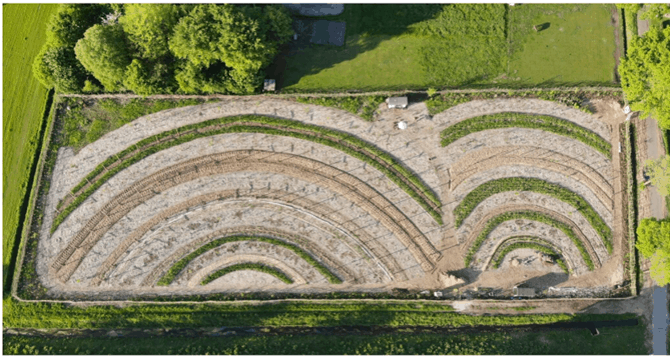
True or false: Agriculture consists only of livestock operations and grain farming.
False! While agriculture operations within our Canadian Prairies may consist primarily of commodity crops and livestock, there are so many other agricultural ventures that we, as Canadians, often overlook.
Agriculture is extremely diverse and is found in all shapes and sizes across the globe. You don’t need to have connections within the industry to get involved in feeding our growing population. While studying at HAS University of Applied Sciences in ’s-Hertogenbosch — also know as Den Bosch — in the Netherlands for the past month, I visited a camel dairy operation, learned about palm oil production and was introduced to an innovative industry called agroforestry.
I knew very little about all three of these topics, and learning about each unique operation has opened my eyes to the enormous scope of the amazingly important global industry that we call agriculture. Although camel milk and palm oil are marketed globally, both production processes would sadly fail in our harsh Canadian climate. Agroforestry is more within our aptitude in the Great North.
Agroforestry is defined by World Agroforestry as “the interaction of agriculture and trees, including the agricultural use of trees.” In other words, agroforestry consists of a variety of perennial trees and crops that survive as polycultures — where more than one species is grown — rather than single-crop monocultures to create a complex and productive system that can produce food, fibre and fuel.
Agroforestry is currently used in tropical areas of the world where plant species are numerous and the growing season is long. Coffee and bananas have both been produced successfully in agroforestry systems in Central America. Nonetheless, the principles of agroforestry have been implemented in temperate climates as well.
A pilot food forest has been created in Sint-Michielsgestel in the Netherlands by a group of young people called the forest farmers. Their mission is to create “truly ecological food production” within temperate zones of the world. This pilot project is used as inspiration and a blueprint for curious farmers within the Netherlands.
All agroforestry systems are designed with the long term in mind. The rows of trees at the back of the system will grow to be substantially taller than those species in the rows closer to the front — allowing the sun to reach all areas of the food forest. Some major benefits of agroforestry include increased biodiversity, reduced soil erosion and using solar energy more efficiently than monocultures.
Being introduced to innovative concepts like agroforestry has opened my eyes to the never-ending flexibility of our global agriculture industry. Agroforestry, camel dairies and palm oil production all have one thing in common — they help feed our growing population worldwide.
I challenge you to take a step back and look at agriculture from a global perspective. You never know what you will learn about this diverse and important industry. There may be a role within global agriculture waiting for you. What is stopping you from finding out?
—
Amy Carruthers
Photo: Paul Miller / Supplied